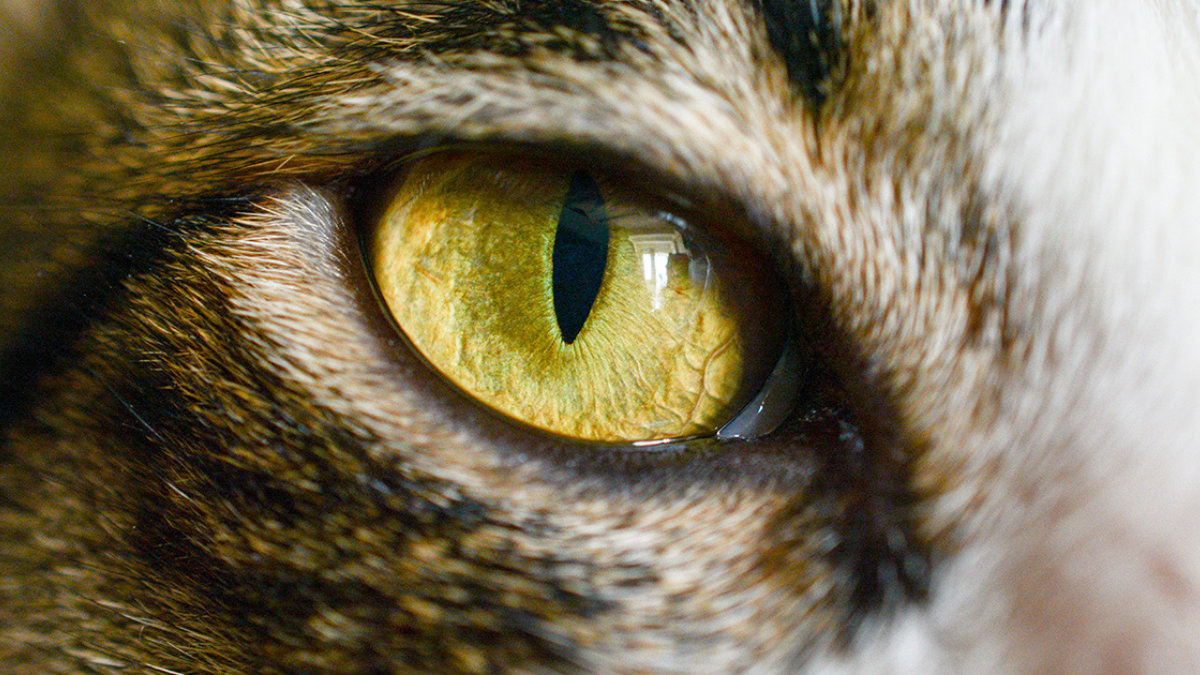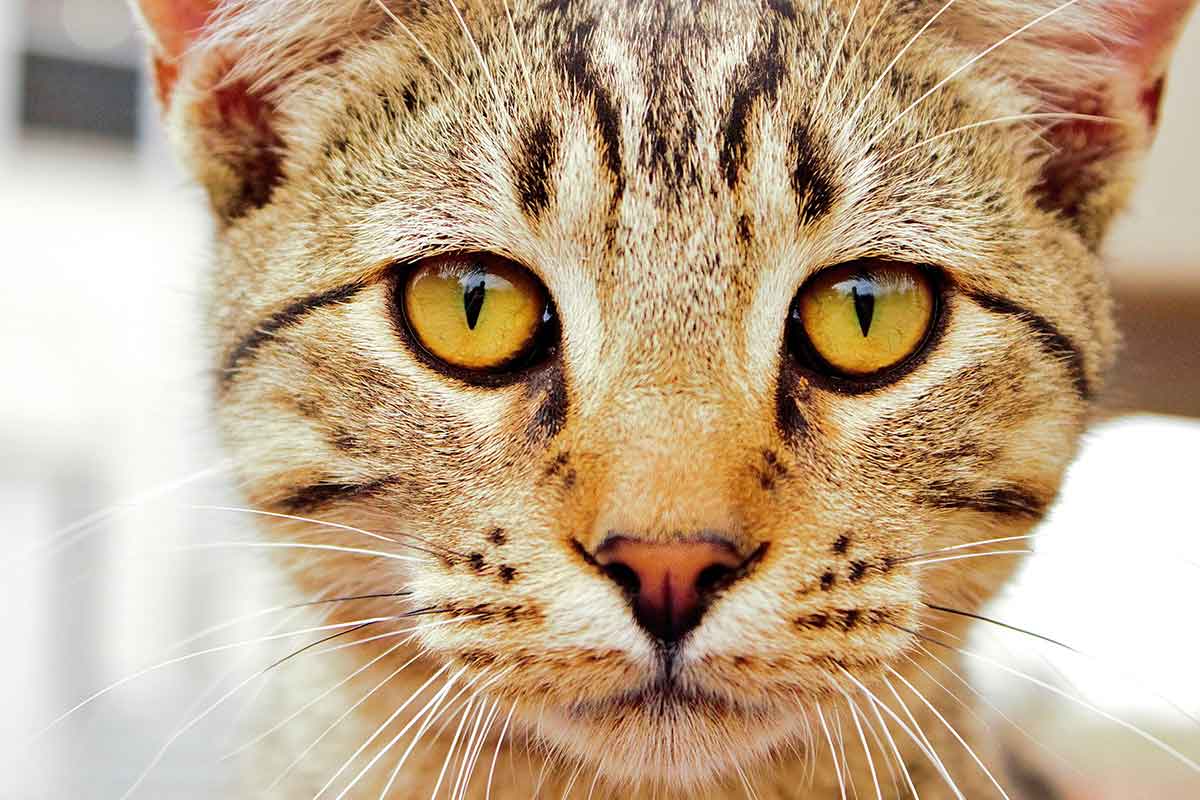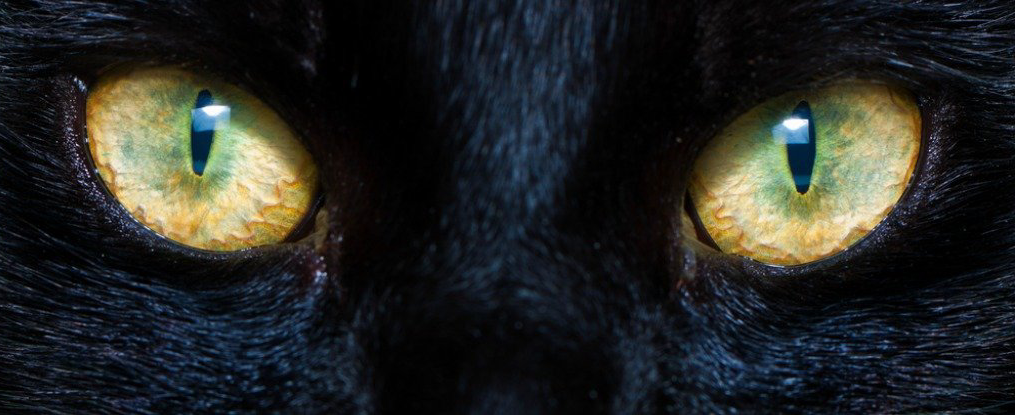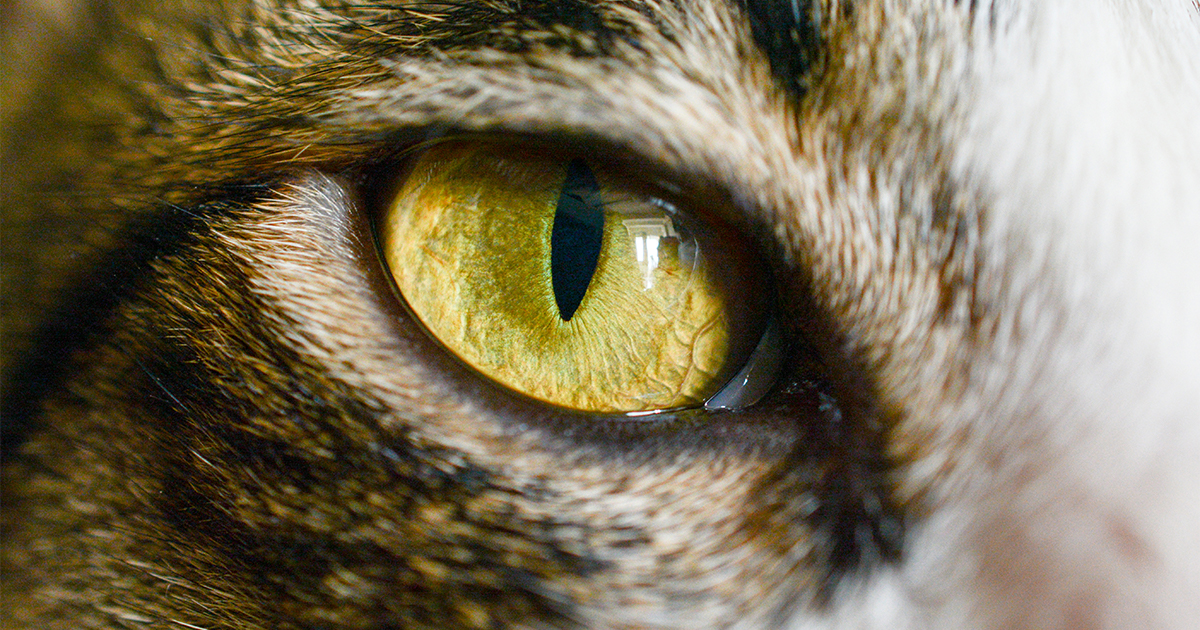Cats have always fascinated us with their mysterious behavior and incredible senses. One of the most commonly asked questions among cat lovers is whether or not their feline friends can see color. While we often think of cats as having sharp vision, especially in low light, the way they see the world in terms of color is quite different from humans. Understanding a cat’s color vision can shed light on the complexity of their sensory world and provide insight into how they navigate their environment.
Unlike humans, who have three types of cone cells in their eyes to detect red, green, and blue wavelengths of light, cats have only two. This means they see the world in a much more limited color range, and their perception of color is similar to what people with red-green color blindness experience. Cats can distinguish between blues and greens but cannot perceive red hues very well. Reds and pinks likely appear as various shades of gray or brown to them, so a bright red ball might look very dull or indistinguishable from a gray toy.
The fact that cats have a more limited color range isn’t a disadvantage, though. Cats’ eyes are adapted for their hunting and survival needs. Their vision is designed to excel in low-light conditions, which is essential for dawn or dusk hunters. Cats are crepuscular creatures, meaning they are most active during the twilight hours, and their eyes are specially built to capture as much light as possible. While their color vision is restricted, their ability to see in dim light far surpasses that of humans. This adaptation allows them to navigate and hunt effectively even in the early morning or late evening when natural light is scarce.
In addition to color perception, cats have a highly developed sense of motion detection. Their eyes are more sensitive to movement than ours, making them excellent hunters. This sensitivity to motion, even in low light, is one of the reasons cats are such efficient predators. They can spot the smallest movements, whether it’s a mouse scurrying across the floor or a feather toy twitching just out of sight. This ability to detect movement is more vital to a cat’s survival than the need to see a rainbow of colors.
Another fascinating aspect of a cat’s vision is their wide field of view. While humans have a visual field of about 180 degrees, cats can see up to 200 degrees. This expanded vision helps them be aware of potential threats or prey without needing to move their heads too much. Their eyes are positioned more to the side of their face, giving them a broader range of sight. Cats also have a high number of rod cells, the type of photoreceptor in the retina that is sensitive to low light. This allows them to pick up on even the faintest traces of movement, which is critical for stalking and pouncing on prey in the wild.
Although a cat’s color vision isn’t as vibrant as ours, it’s important to note that their world is far from dull. Their eyes are designed to provide excellent contrast, especially in low-light environments. The high sensitivity of their rods allows them to see a wider range of grays and shadows. In fact, cats may be able to see more details in the dark than humans, giving them an enhanced sense of depth and definition, even when colors are less discernible. This kind of vision is invaluable when they are sneaking up on prey or moving through their environment during the twilight hours.
If you’ve ever noticed your cat’s fascination with a brightly colored toy or a simple piece of string, you might wonder whether the colors are what attract them. While it’s true that cats are drawn to movement more than color, they do still have some appreciation for the contrasts and brightness in their environment. A brightly colored object, such as a blue ball or a yellow toy, might stand out to a cat more because of its contrast against the background, rather than its color itself. The movement of the object, whether it’s rolling across the floor or being dangled on a string, is likely what truly captures their attention.
Many pet owners also wonder whether cats can see as well as dogs when it comes to color vision. The truth is that both cats and dogs have similar color deficiencies. While dogs are often considered dichromatic, meaning they can only perceive shades of blue and yellow, cats are not far off with their limited range of color perception. Neither species can see the full spectrum of color that humans can, but both are well-equipped to navigate the world using other senses like motion detection and scent.
It’s also worth mentioning that cats have an extraordinary ability to see in the dark, thanks to a layer of cells called the tapetum lucidum. This structure reflects light that passes through the retina, allowing cats to make the most of any available light and see in conditions that would leave humans blind. The tapetum lucidum is what gives a cat’s eyes their distinctive “glow” when caught in the right light, especially at night.
Understanding your cat’s vision is an important part of knowing how they interact with their environment. While they might not see a rainbow of colors like we do, they experience the world through a different lens that’s better suited for their survival and behavior. So the next time your cat seems entranced by a colorful toy or staring out of the window at dusk, remember that their world may not be as colorful as yours, but it’s still incredibly rich and detailed. Cats truly have a unique way of seeing the world, one that emphasizes motion, contrast, and the ability to thrive in low-light conditions.
In conclusion, while cats do not experience color in the same way humans do, their vision is finely tuned to their needs as hunters and survivors. Their eyes may not detect the vibrant reds or intricate color palettes that we see, but they possess a heightened sensitivity to motion and light that allows them to navigate their surroundings with ease. Whether chasing prey at twilight or curling up in the dark, cats see the world through a different yet equally fascinating perspective, one designed to help them thrive. Understanding this unique way of seeing the world helps us appreciate the complexities of our feline companions even more.



